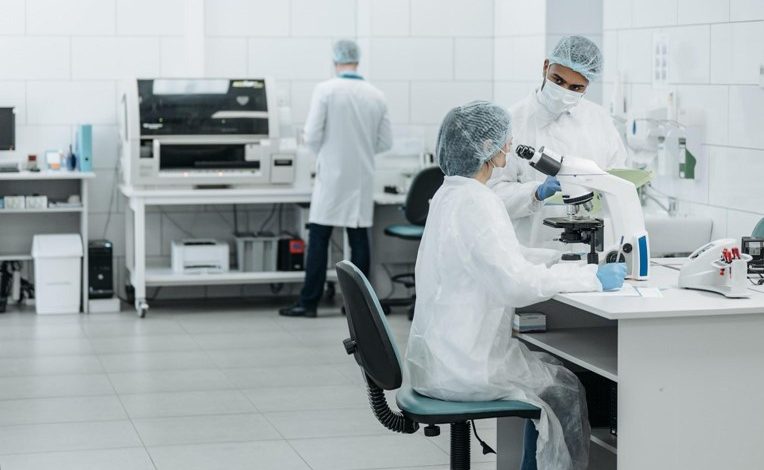When producing a valuable plastic part, such as an implanted cardiac device, it should be maintained as clean as possible. A sterile environment is required for the production of such a delicate part. This type of environment is known as a “cleanroom.”
A cleanroom is a sterile environment in which the percentage of air pollutants per unit volume, including certain dust as well as other airborne microbes, is reduced to minimize the probability of contamination.
Such particles are filtered by a High-Efficiency Particle Air (HEPA) filter, which cleans the air before it enters the cleanroom. Therefore is transformed numerous times per hour, according to the cleanroom class, as defined by the International Standard Organization (ISO) 14644-1.
Environmental Control for Clean Room
General surgery, intensive care and resuscitation, gynecology, patient preparation/awakening corridors, and other low-risk environments require ISO 7 and ISO 8 cleanrooms standards.
Multiple checks on the confirmation of instrument calibrations, airflow, modification of the treatment system, noise, air unidirectional inspection (where filtering plenum is present), and smoke test should be performed to ensure environmental control.
Consider the following factors in the required environment:
- Utilization of Electric Machines: In almost all cleanroom environments, electric machines should only be used for hydraulic engines. This would reduce the number of airborne particles.
- Coverage Necessities: Engineers and operators entering an ISO 7 cleaning room must be completely covered. Shoe covers, full-body clothing, and inexpensive covers are examples of such coverings. The coverage prerequisites in classroom 8 might be a little more restrictive.
- Sufficient Airflow: Class 7 and 8 cleanrooms utilize positive airflow to help make sure that perhaps the air is clean and that a small number of particles are present.
- Packaging Restrictions: In a cleanroom, containers with custom mold and designor coated plastic containers are common. Packing, including some corrugated board material that can generate excess particles, is not permitted in cleanrooms.
Why There’s a Need for Cleanroom Molding?
As previously stated, the purpose of having a cleanroom is to transform specific industries. In the medical sector, for example, clean room molding is a popular method of manufacturing due to its versatility, relatively inexpensive, and ability to instantly adjust to cleanroom standards.
Medical injection molding provides organizations with the adaptability they need while adhering to cleanliness and safety standards.
Companies are increasingly looking for manufacturers who have an operational cleanroom. And, with a long list of industry sectors requiring a cleanroom, the demand for even more cleanroom injection molding production is significant.
Industries requiring cleanroom capabilities include:
- Medical
- Aerospace
- Food/Drink
- Biotech
- Pharmaceutical
- Military
- Optics
Making of Clean Room Environment
There are some few important aspects to consider when constructing a clean room for your business.
- Make a plan for your insert molding clean room layout. You would like to have your cleanroom to be about as large as you want this to be. Compress the dimensions as much as possible. This is due to the fact that cleanrooms can quickly become expensive.
Consider whether you’ll be able to mold, assemble, as well as package the product from within your cleanroom. If that’s the case, you’ll need more room.
- Prior to beginning construction, decide which ISO class you want to strive for. This will also assist you in determining your filtration, along with airflow, and blower requirements. They can all affect your space.
- Once you’ve determined the dimensions of your room, you’ll need to figure out how much airflow you’ll need. “Needed flow of air = surface x minimum airspeed,” for example, is a useful formula to remember.
- Pick a filtration system that really can remove at least 99.95 percent of the total of the particles in the room.
- Ultimately, consider the material used to construct the structure. The frame is typically made of wood, with the walls made of windows, plastic, or PVC foil. You may also need to hire a good electrical switchgear manufacturer. Everything must be properly sealed or the filtration system’s integrity will be compromised.
Types of Clean Rooms
There have been nine distinct ISO cleanroom classifications based on the cleanliness of the air inside the room. The amount in one cubic foot of air determines all these. ISO classifications range from ISO Class 1 to ISO Class 9. (Class 1 being the cleanest and stringent).
The chart below depicts the nine types of classes, as well as the standards that go with each class, that meet the clean room injection molding requirements.

Leave a Reply